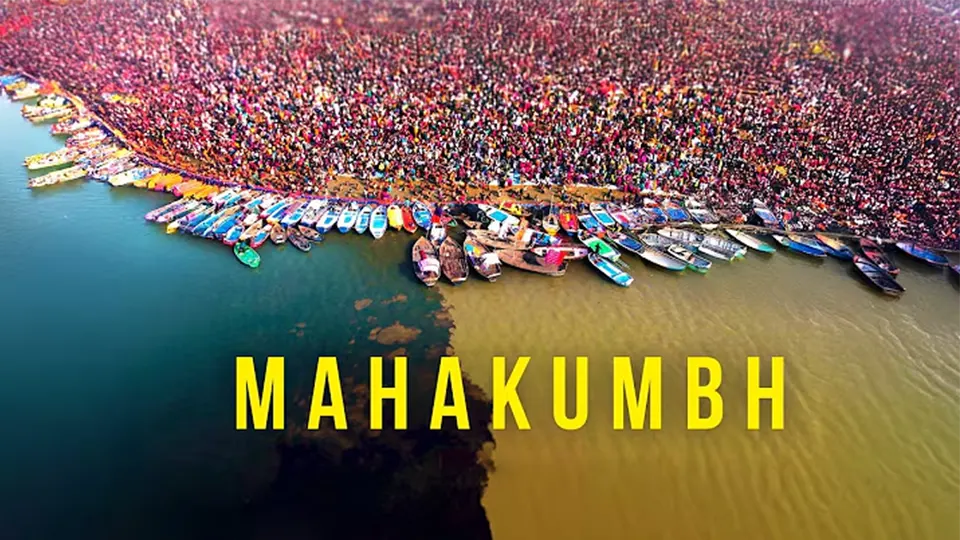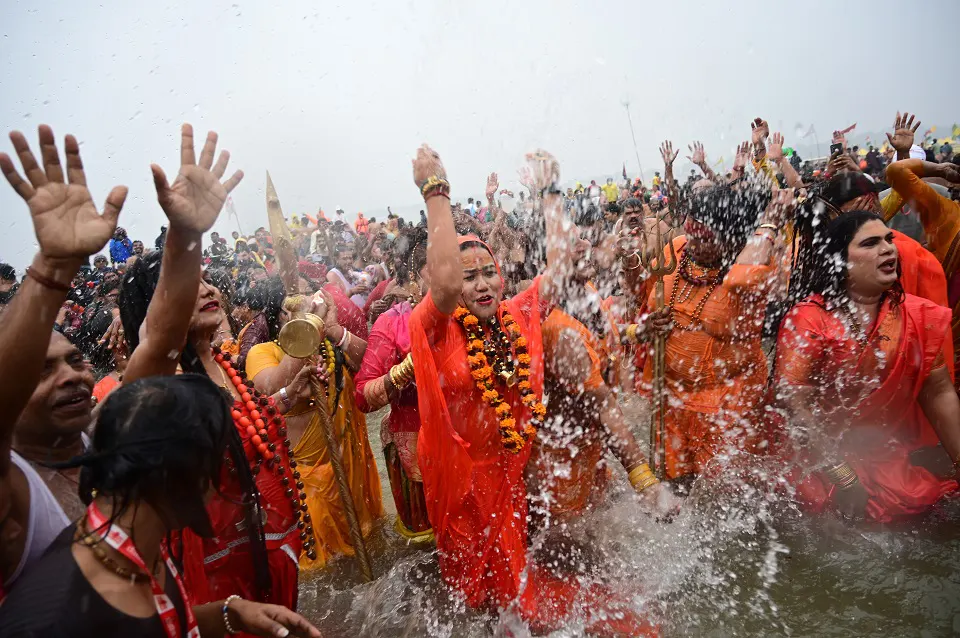
The predawn mist hovers over the Ganges as millions of saffron-clad pilgrims wade into the sacred waters at Prayagraj. Amidst the chanting, incense, and age-old rituals, a quiet technological revolution hums on their wrists. At the 2025 Maha Kumbh Mela—a 45-day spiritual festival attracting over 450 million participants—India seamlessly wove RFID wristbands into its cultural fabric. This marriage of tradition and technology redefined crowd management for humanity’s largest gathering.
The Maha Kumbh Mela, occurring every 12 years, transforms riverbanks into ephemeral megacities. Pilgrims seek purification at the confluence of the Ganges, Yamuna, and mythical Saraswati rivers. Yet this scale—exceeding the population of entire continents—brings critical risks: stampedes, medical emergencies, missing persons, and logistical paralysis. Previous editions relied on manual headcounts and broadcast announcements, often failing catastrophically. As one official noted, the solution required a technological triad: AI surveillance, GPS-enabled apps, and RFID.
Upon registration, each pilgrim received a lightweight, waterproof RFID wristband. Embedded with an encrypted chip, it stored only essential data: a digital ID linked to emergency contacts and basic medical information. As devotees moved through the festival grounds, a layered network tracked their journey:
Fixed Long-Range Readers at entry gates, bathing ghats, and camps scanned wristbands from 3–5 meters away, logging movements without physical checks.
Handheld Readers helped security locate lost individuals in crowds or verify identities during emergencies.
Centralized Dashboards visualized real-time crowd density, triggering alerts when areas neared capacity or movement patterns signaled danger.

In an environment where cell networks collapse and paper systems dissolve, RFID’s technical strengths proved vital:
1. Unmatched Efficiency
RFID scans 180+ wristbands per minute—versus 1–2 with barcodes—eliminating bottlenecks. Radio waves penetrate crowds, mud, and water, enabling contactless identification where cameras or apps fail.
2. Passive Resilience
Unlike GPS draining phone batteries, RFID wristbands require no power. A single reader identifies 50+ tags simultaneously, enabling real-time tracking across 50+ square kilometers of temporary infrastructure.
3. Environmental Toughness
From submerged riverbanks to dust storms, wristbands resisted water, tearing, and tampering. Pilgrims could bathe, sleep in tents, and move freely without compromising the technology.
4. Privacy by Design
Unlike facial recognition systems (also deployed), RFID stored no biometrics. Data remained encrypted, accessible only to authenticated personnel. “We balanced safety with dignity,” emphasized a police coordinator.
RFID anchored a broader safety net:
AI Cameras detected crowd surges or falls, alerting responders before crises escalated.
Emergency Beacons guided pilgrims to exits during congestion.
Mobile Apps allowed families to share locations voluntarily, complementing RFID’s macro-tracking.
On the festival’s first day alone, the system reunited over 250 lost individuals with families—a task previously reliant on handwritten notices and luck.
Tradition Meets Innovation
Integrating technology into a 2,000-year-old ritual demanded cultural sensitivity. Organizers designed wristbands to be unobtrusive—minimalist and lightweight. Volunteers framed them as digital kalavas (sacred threads), protecting pilgrims so they could focus on spirituality. “Safety isn’t a distraction from faith,” explained one priest. “It honors it.”
The Kumbh Mela’s success offers lessons far beyond religious festivals:
Music Festivals: UHF RFID can manage stage rushes or enable cashless payments.
Disaster Relief: Refugee camps use similar bracelets to streamline aid while protecting identities.
Smart Cities: During emergencies, integrated RFID systems could guide evacuations or locate survivors.
As pilgrims departed the Ganges, many kept their RFID wristbands—not as tech souvenirs, but as talismans of a harmonious fusion. The Maha Kumbh Mela has always mirrored humanity’s spiritual yearning. In 2025, it also reflected our collective ingenuity: proving that even the most ancient traditions can embrace innovation to safeguard the sacred. For the world’s event planners, the message is clear—where faith and scale converge, technology can weave safety into the fabric of human connection.
Copyright ©2025 Shenzhen DTB RFID Co., Ltd. All Rights Reserved.